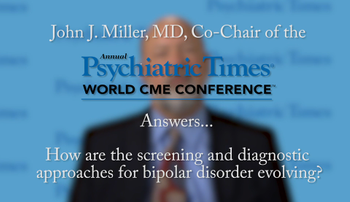
When we meet a new patient who presents with "classic" symptoms, there are challenges described in this brief video.
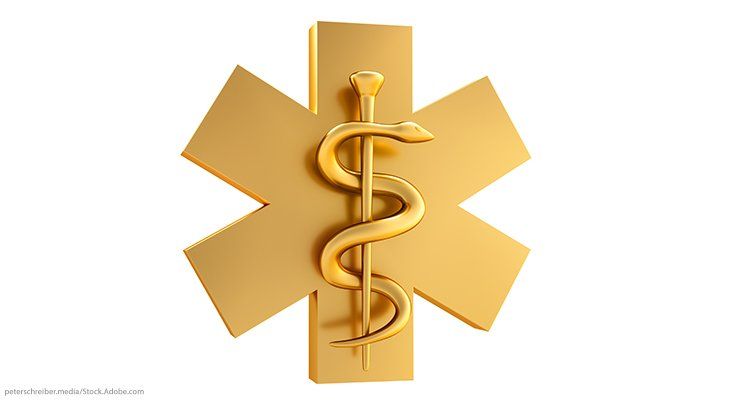

When we meet a new patient who presents with "classic" symptoms, there are challenges described in this brief video.
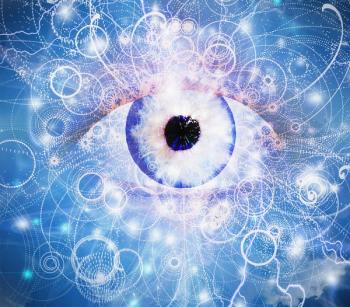
This review highlights an important diagnostic and therapeutic task: the importance of differentiating true bipolar disorder/obsessive-compulsive disorder comorbidity from BD with secondary OCD.
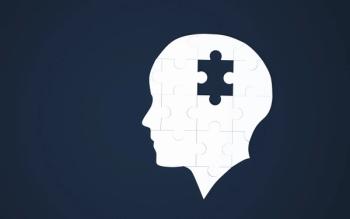
When we find ourselves in the half-tested world of off-label therapies, what’s a psychiatrist to do?

The treatment of bipolar disorder changed in ways big and small in 2019. More in this summary.
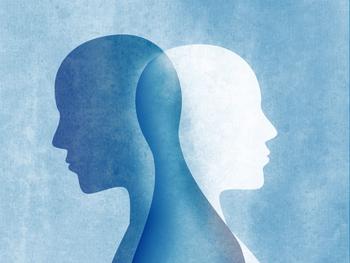
Do you need help persuading patients to try lithium?
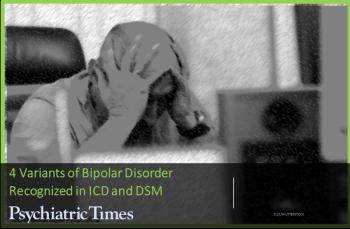
An accurate assessment of bipolar disorder requires psychiatric evaluation of a range of symptoms marked by extreme mood changes and other factors described in brief.

Just as the progress over recent decades has improved the clinical evaluation and management of BD among children and adolescents, the remaining gaps serve to inform future progress.

The first part of this series covered updates on traditional psychotropics-lithium, anticonvulsants, antipsychotics, and more. Here, Part 2 examines anti-inflammatories, natural supplements, and mitochondrial therapies.
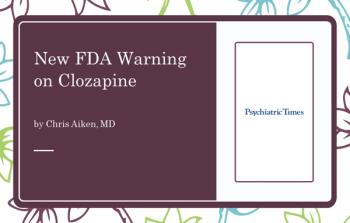
This adverse reaction to clozapine causes more fatalities than neutropenia. Here’s how to prevent it.

For most patients, bipolar is a disorder of depression. It’s here that they spend the majority of their days...

Environmental factors in addition to climate change-air pollution, toxins, noise-seem to have detrimental psychological repercussions.

There appears to be some confusion regarding the efficacy of aripiprazole in bipolar mania and depression and for preventing bipolar episodes.

"Psychiatry has been frozen in time since the 80s, and hence the absence of progress since then is no surprise." So says, S. Nassir Ghaemi, MD, MPH, in the next installment of Conversations in Critical Psychiatry with Awais Aftab, MD.
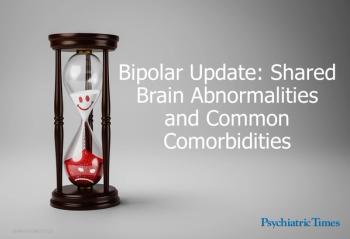
A summary of some of the latest findings in bipolar disorder research.
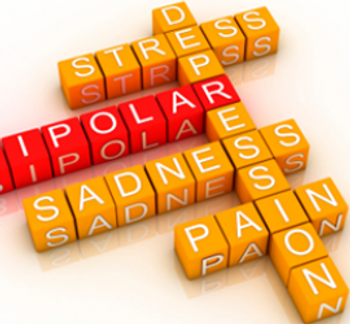
The good, the bad, and the efficacy of lamotrigine.

Depression predominates across the lifespan in patients with bipolar disorder. Here: A discussion about (and beyond) the four FDA-approved drugs to treat symptoms.

We have nearly a dozen atypical antipsychotics to choose from, but do all of these work in bipolar disorder and which of them should we start with? Listen to the podcast.
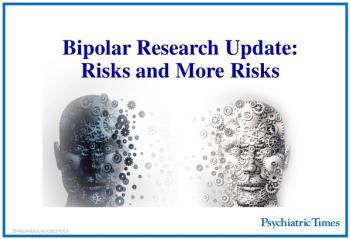
Bipolar disorder heightens Parkinson risk, ADHD persistence may mediate bipolar spectrum disorder risk, and rapid cycling catalysts identified-these are some of the latest findings.
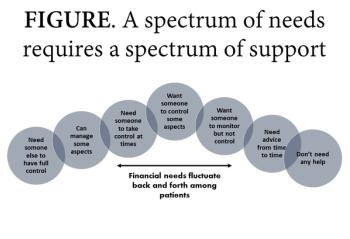
Recommendations for patients with serious mental illness to manage their finances safely and conveniently, with as much dignity, privacy, and autonomy as possible.

Bipolar disorder itself is a risk factor for renal impairment, and myths abound about lithium’s effect on the kidneys. Here are tips to mitigate potential damage.
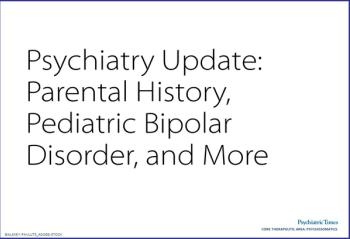
Parental history shapes pediatric bipolar in offspring, no evidence for deterioration in neurocognitive functioning, clinical course predictors identified-these are some of the latest findings in bipolar disorder research.
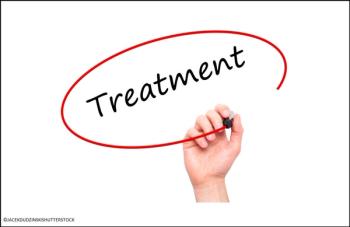
The bipolar word can be frightening or confusing to patients, but there are ways to talk about it that engage them in recovery. More in this podcast.

Assessment of suicidal risk in adolescents is a solemn professional obligation that involves obtaining as much information as possible from family members or caregivers. Evaluation of mood disorders is an essential part of the assessment.
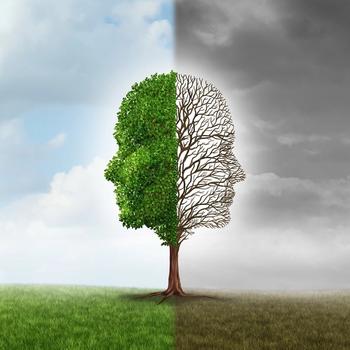
The evidence is clear: bipolar disorder is frequently both underdiagnosed and overdiagnosed.
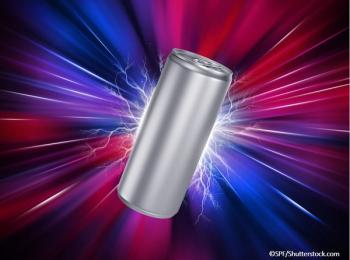
Hear the latest insights about a popular sweetener that has been linked to mania.